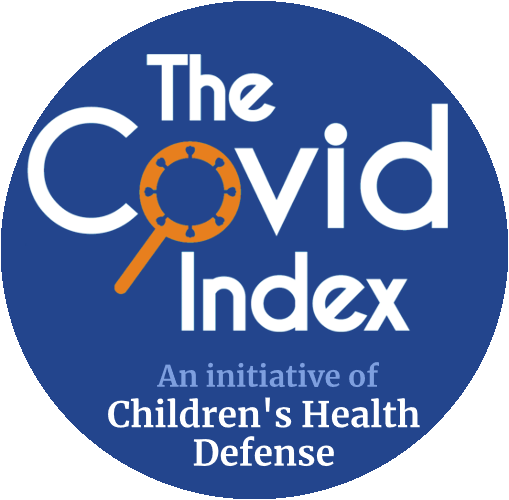Analysis submitted with this cover letter to the UK's Office of National Statistics:
https://covidindex.science/index-entries/the-ons-data-on-vaccine-mortality-is-not-fit-for-purpose
"Abstract: The latest ONS vaccine mortality surveillance report for England (for the period 1 Jan 2021 to 31 May 2022) fails to take account various confounding factors in the ‘headline’ results and can thus be easily misinterpreted... There is also now strong evidence that the ONS underestimates the proportion of unvaccinated, which leads to inflated mortality rates for the unvaccinated relative to the vaccinated. This underestimation is a major issue...
8 Conclusion
Previously discussed explanations for the anomalous differences between non-covid mortality rates in the vaccinated and unvaccinated include miscategorising deaths shortly after vaccination as unvaccinated and omitting completely many vaccinated deaths. This paper considered an additional major source of bias that has not previously been widely discussed: possible underestimation of the proportion of unvaccinated people. The ONS estimate of 8% of adults unvaccinated in May 2022 contrasts starkly with two other independent sources which estimate the figure to be 20% and 26% respectively. Because the ONS data are based on a subset of England residents that excludes all those not registered with a GP [general practitioner] and not registered in the 2011 census, it is missing some 8 million adults who are not at all representative of those in the ONS sample. Hence, it is conceivable that both the ONS 8% figure is correct for its sample, while the proportion of all adults in England unvaccinated is at least 20% as per the other sources. But we showed this would necessarily imply that between 69% to 99.6% of adults missing from the ONS sample are unvaccinated. Hence, either the ONS is underestimating the proportion of unvaccinated in its sample or the sample is so unrepresentative of the whole population that any inferences made using the ONS data are worthless. Either way, the ONS estimate of proportion unvaccinated must not be used for any comparisons of vaccine efficacy or safety of the whole England population. We also showed that even with these anomalies and biases the most recent monthly data (in contrast to the especially flawed data in 2021) provides no evidence that the vaccines reduce all-cause mortality. In fact, for each of the younger age categories (18-39 and 40-49), as well as (curiously) the oldest age category 90+, the all-cause mortality rate of the unvaccinated is lower than that of the ever vaccinated."
Copyright
https://osr.statisticsauthority.gov.uk/copyright/
Under the terms of the Open Government Licence (OGL) and UK Government Licensing Framework (launched 30 September 2010), anyone wishing to use or re-use UK Statistics Authority or Office for Statistics Regulation material, whether commercially or privately, may do so freely without a specific application for a licence, subject to the conditions of the OGL and the Framework.
